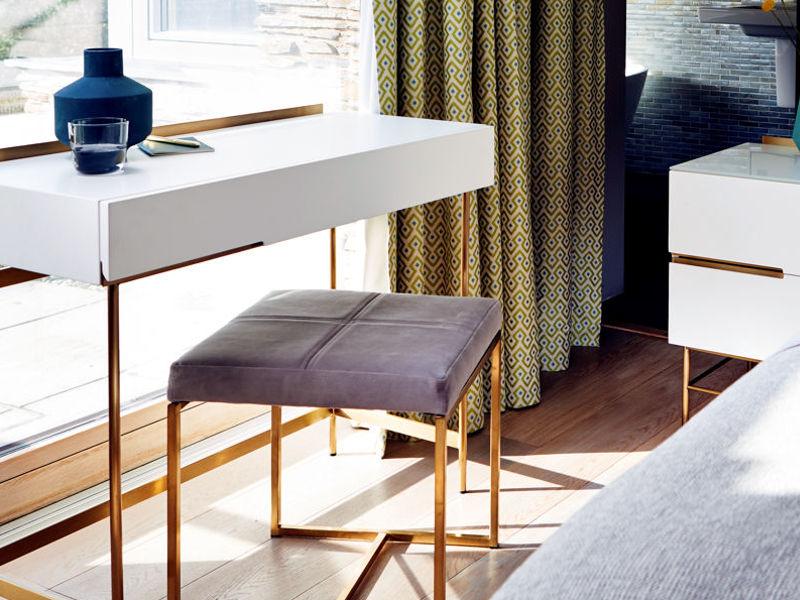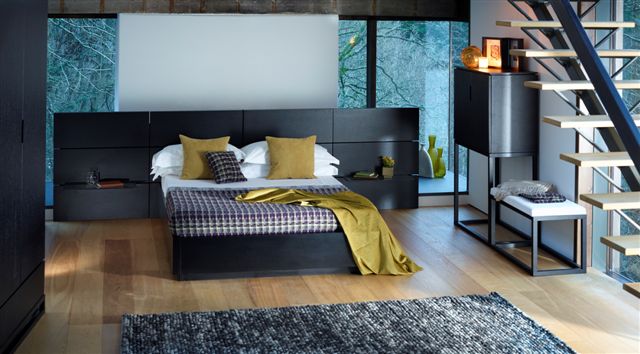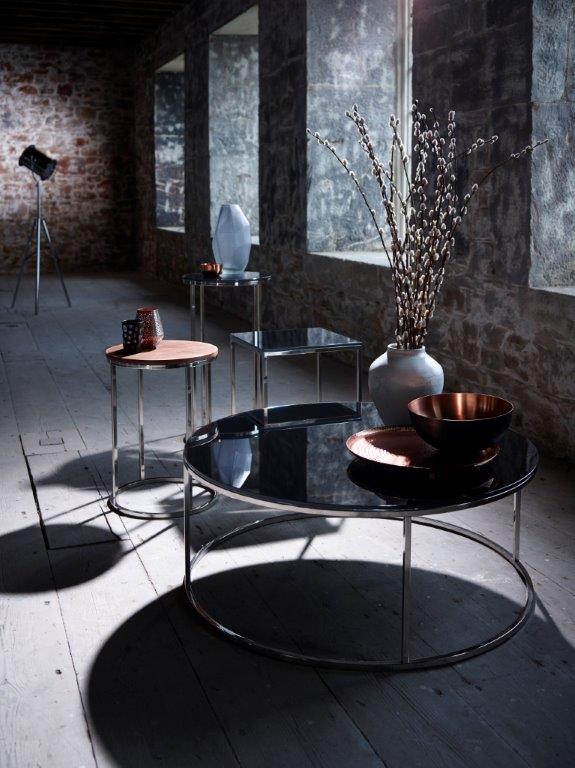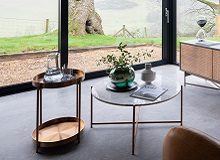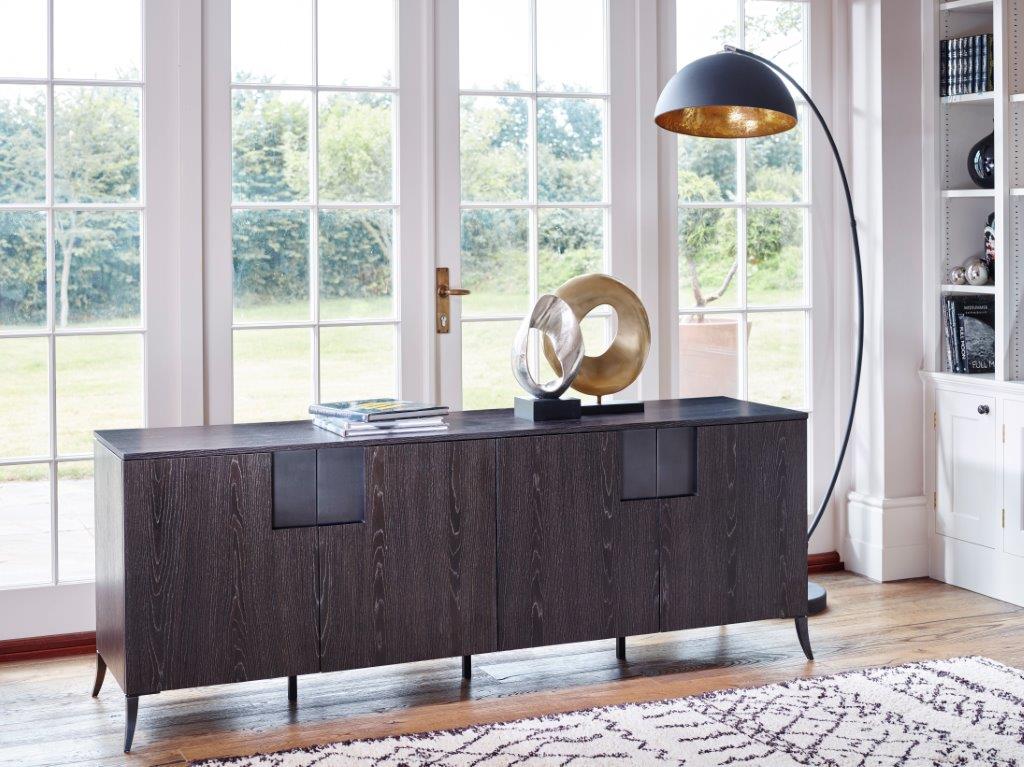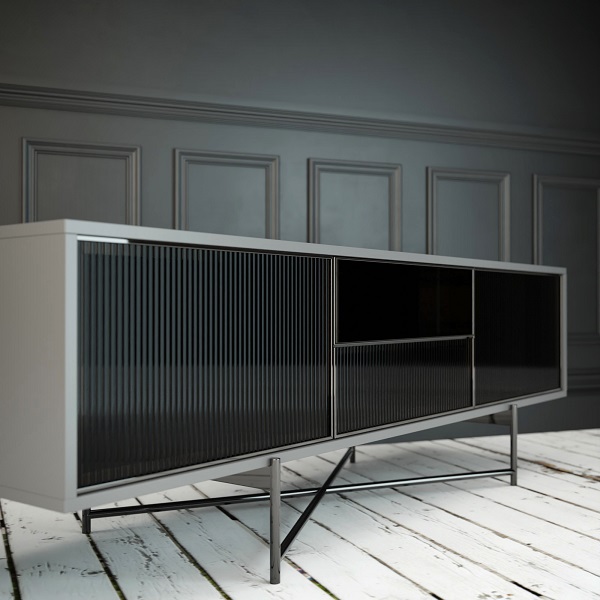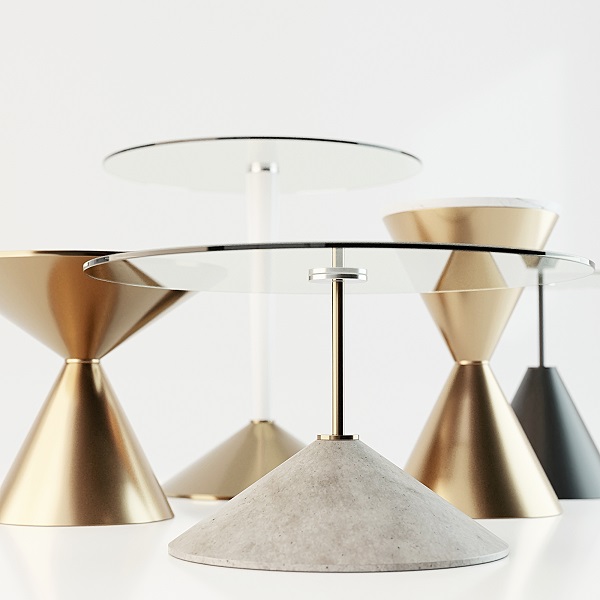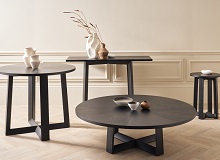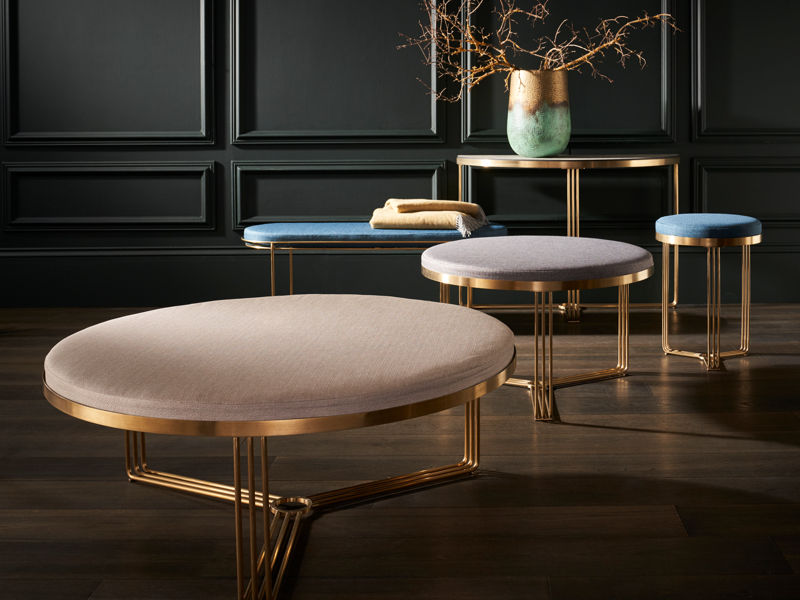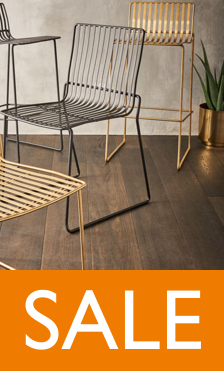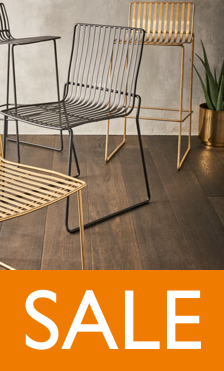Care Instructions
General Care and Maintenance
Gillmore furniture is designed for indoor domestic use. With simple care this unique product will give you many years of use. Regular dusting once or twice weekly with a microfibre cloth is the best way to keep Gillmore designs looking crisp, clean and desirable.
In addition we recommend a few simple furniture care tips:
- Avoid placing your item in direct sunlight, heat or humidity such as radiators, air conditioning units, windows etc…
- Use pads, cloth or felt to protect the furniture surface from plastic, rubber, hot dishes, beverages and vases.
- Be mindful of surface discolouration when placing items containing plastic or rubber materials such as media devices and lamps
- Clean up spills immediately using a blotting rather than a wiping action
- Use a protective pad when writing with a ballpoint pen on the furniture surface
- When placing objects always check its contact surface is smooth and free of anything sharp or abrasive. Always lift and place objects rather than dragging them across the furniture surface.
For more detailed information on specific surface materials please read the following guidelines:
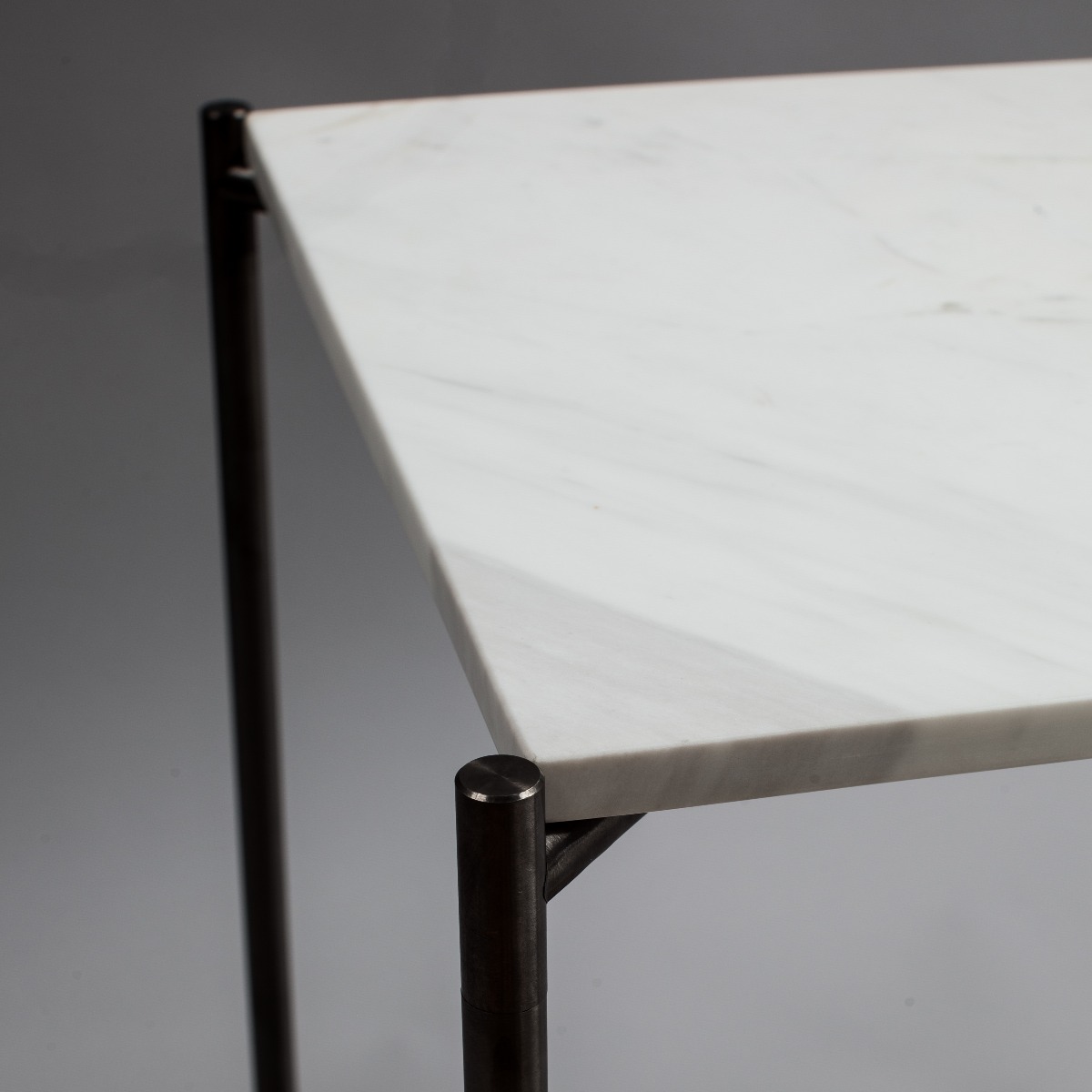
Marble
In addition to regular dusting wash the marble occasionally with a lint free cloth dampened with warm water and, if necessary, a bit of mild dishwashing liquid. Remove the soap with another damp lint free cloth.
Whilst your piece of marble has been polished and lightly sealed, marble is very porous. With this in mind, we strongly recommend that you use coasters, placemats, etc… and that you blot (not wipe) any spillages immediately. We do not recommend our marble products for commercial spaces - Please contact us for alternative options and lead times.
WARNING: Never use dusting sprays, acidic or abrasive cleaners on your marble.
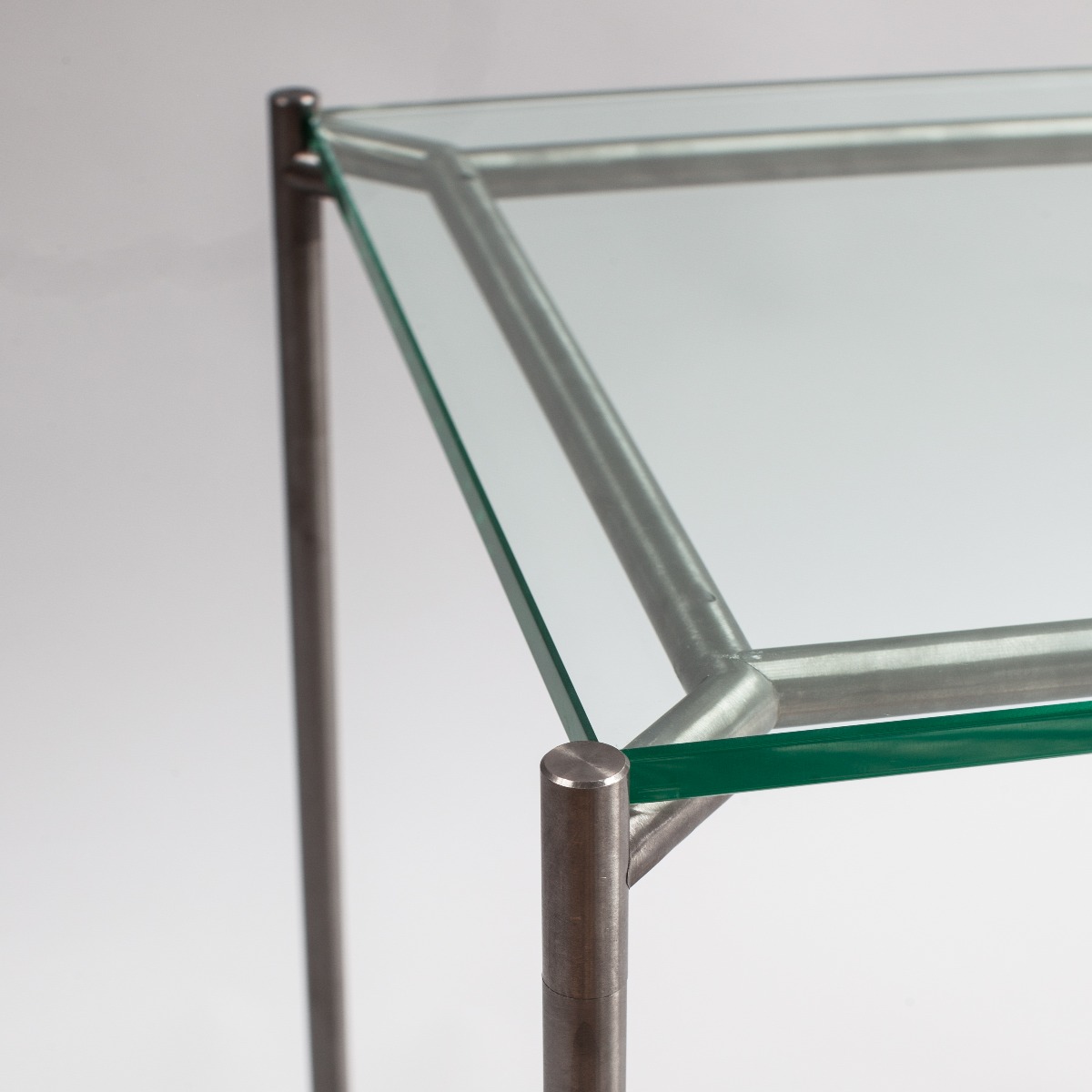
Glass (inc. antiqued & fluted)
In addition to regular dusting clean the glass surface as necessary using glass cleaning solutions with a soft lint-free cloth. You can also use a soft cloth dampened with warm water and, if necessary, a bit of mild dishwashing liquid.
WARNING: Never use alcohol, solvent based or abrasive cleaners on your glass top.
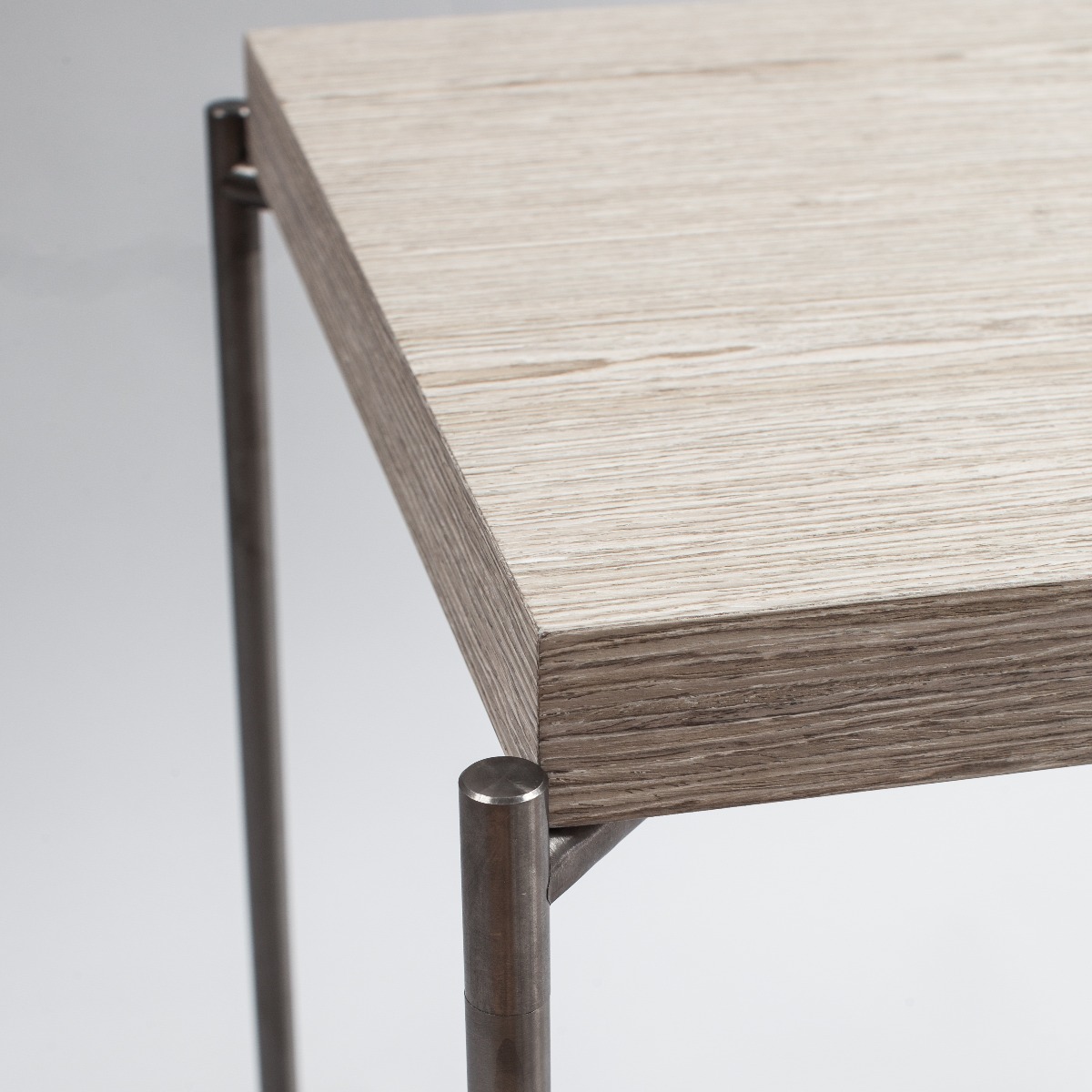
Wood Veneer
In addition to regular dusting, clean the veneered surface as necessary using a silicone free polish spray. These typically contain beeswax that both cleans and protects the surface.
WARNING: Never position your product where it will be exposed to direct sunlight as the real wood veneer may become damaged from UV rays. Never use dusting sprays, acidic or abrasive cleaners on your veneer.
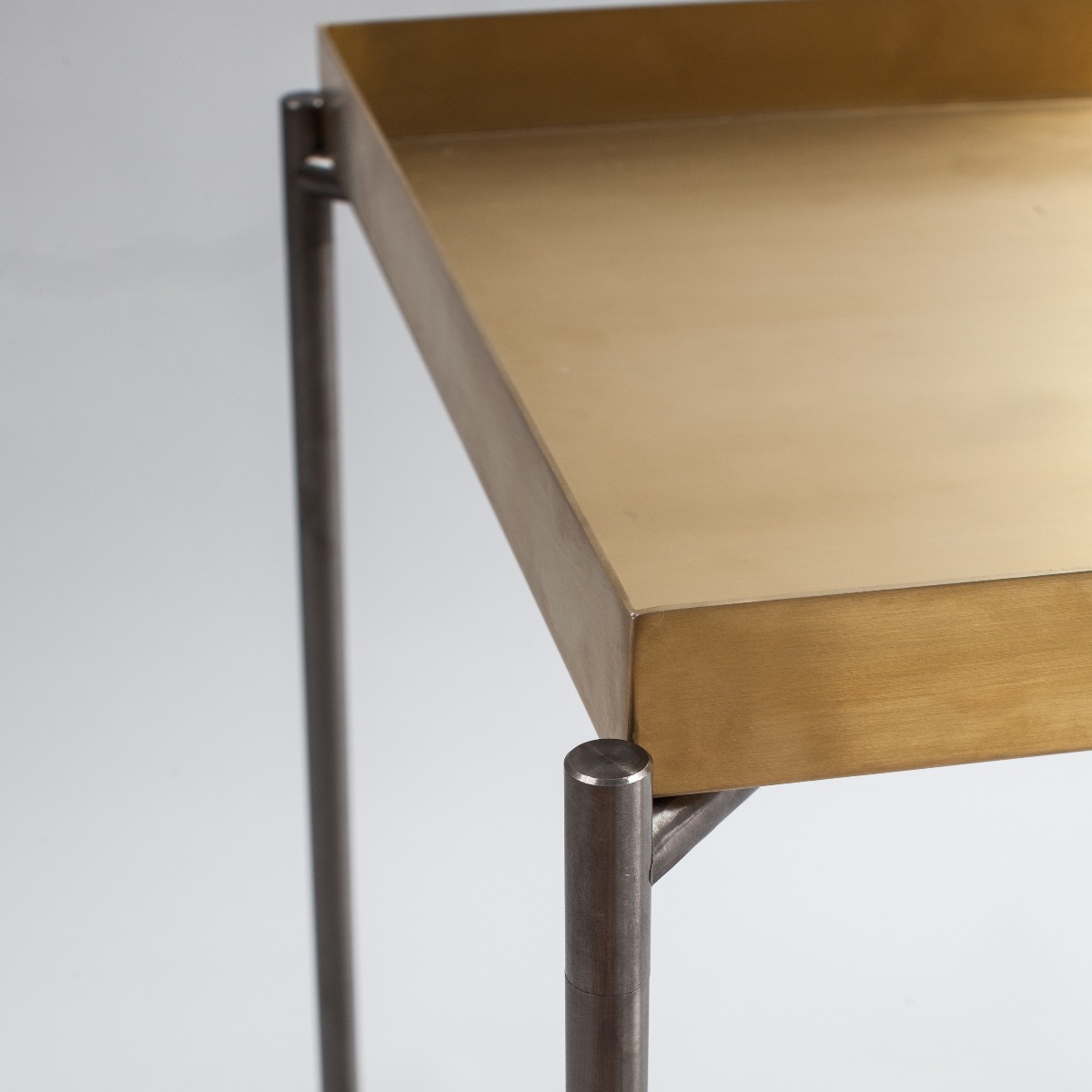
Metal (Stainless Steel)
Dust the surface once or twice a week with a soft cloth (microfiber cloth recommended). To remove any surface marks such as fingerprints we recommend using an ‘e-cloth’. Otherwise use a soft cloth dampened with warm water and a very small amount of mild dishwashing liquid and dry immediately after cleaning.
WARNING: Never use acidic, alcohol, solvent based or abrasive cleaners on metal parts.
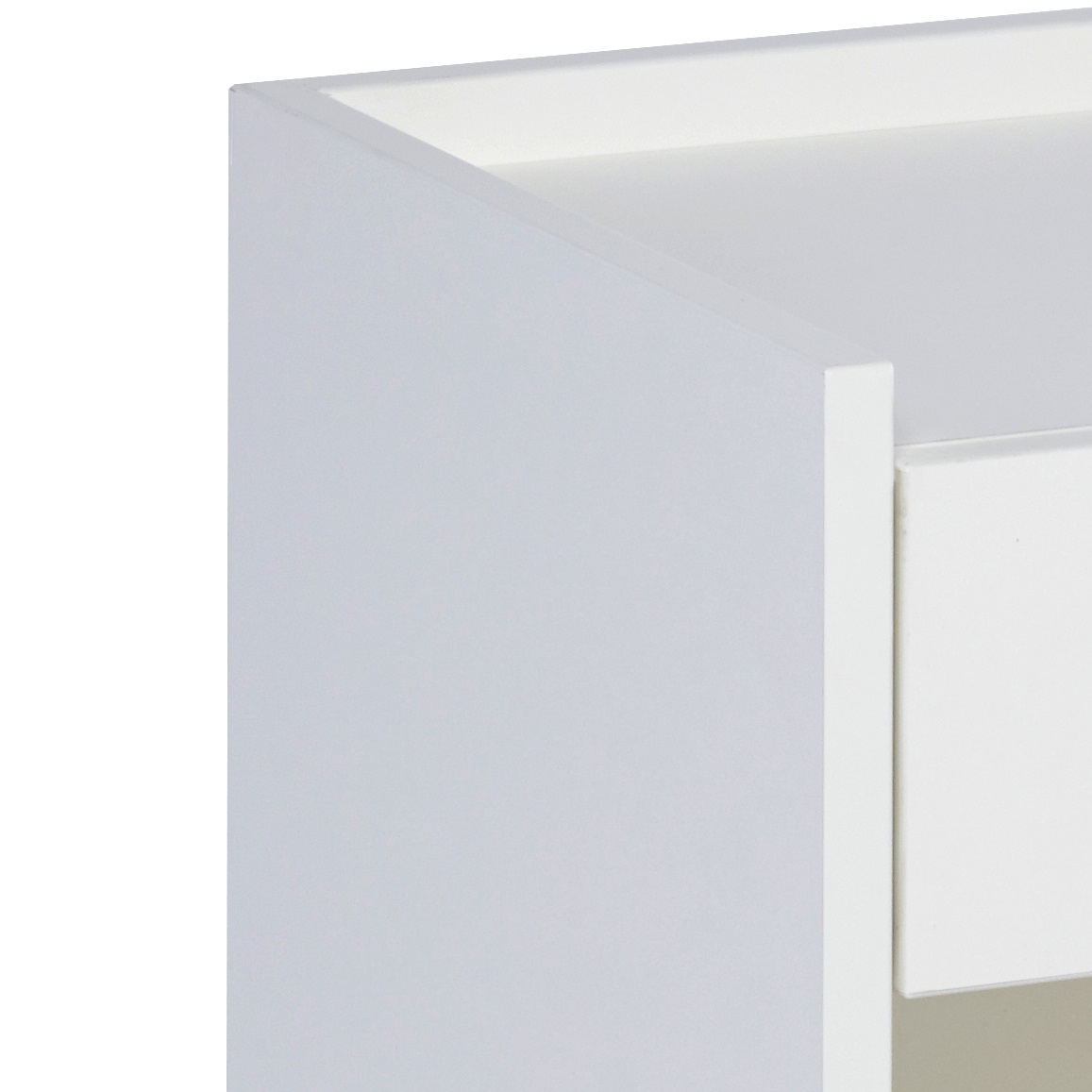
Laminate
In addition to regular dusting clean the lacquered surface as necessary using a multi surface cleaning spray with a lint-free cloth. You can also use a soft cloth dampened with warm water and, if necessary, a bit of mild dishwashing liquid.
WARNING: Never use acidic, alcohol, solvent based or abrasive cleaners on your laminate surfaces.
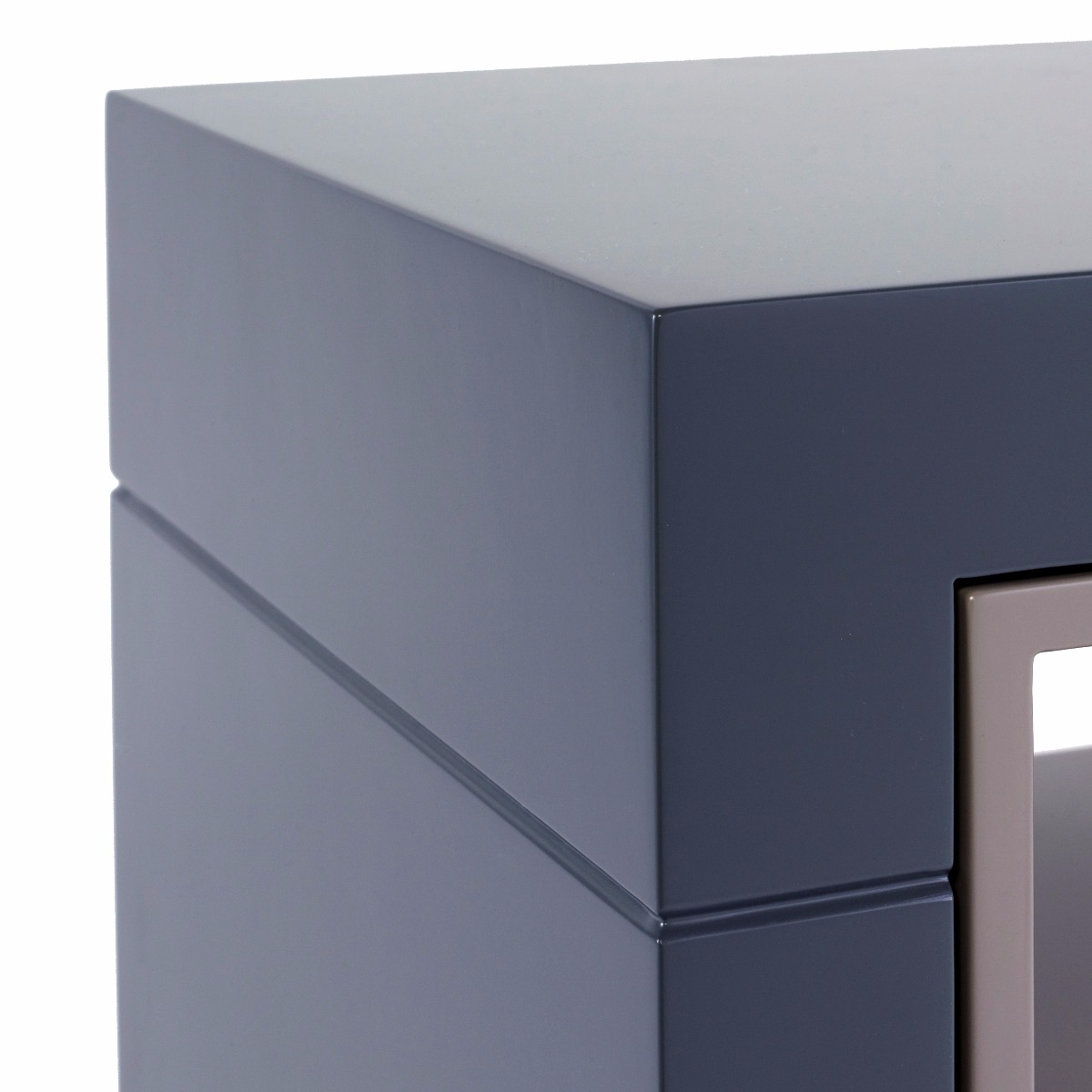
Lacquer (Polyurethane)
In addition to regular dusting clean the lacquered surface as necessary using a multi surface cleaning spray with a lint-free cloth. You can also use a soft cloth dampened with warm water and, if necessary, a bit of mild dishwashing liquid.
WARNING: Never use acidic, alcohol, solvent based or abrasive cleaners on your lacquered surfaces.
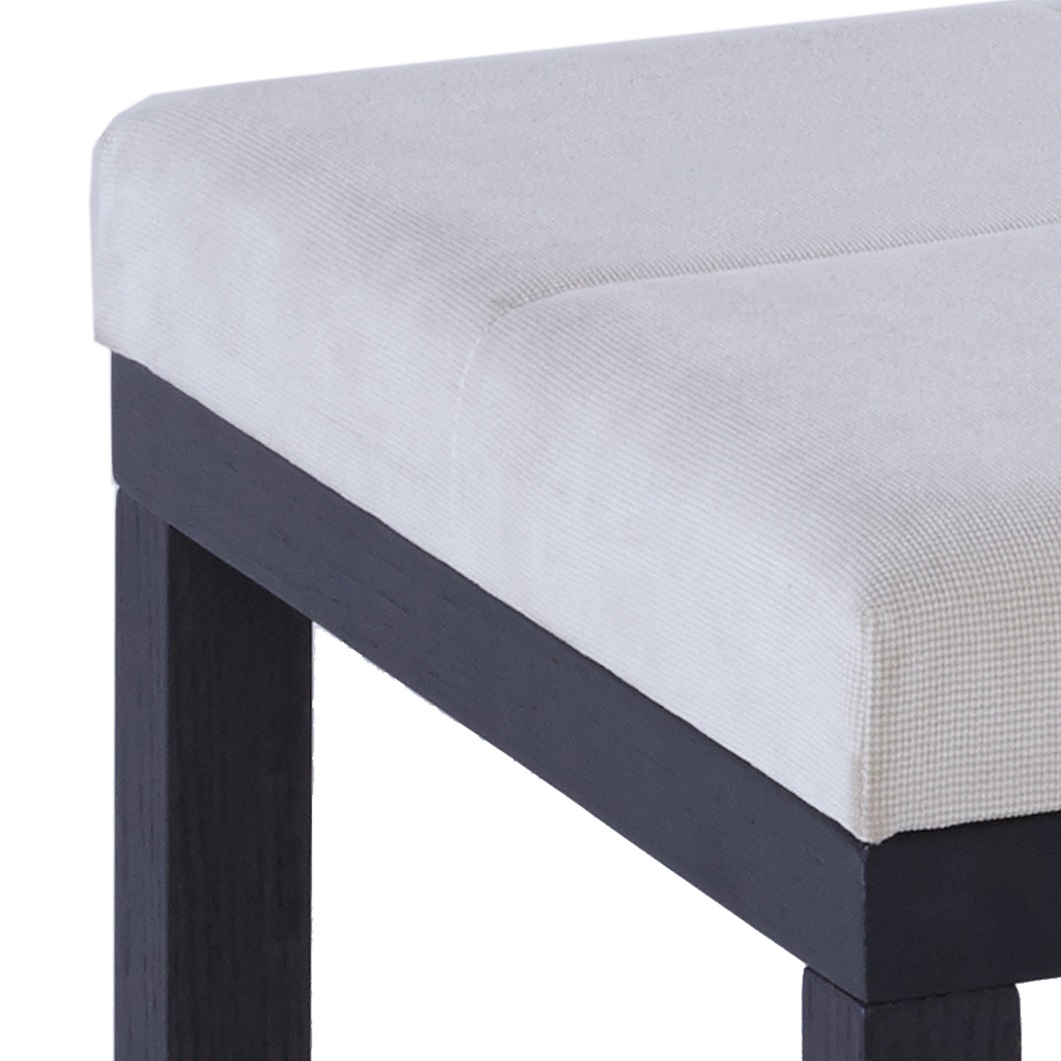
Fabric
Cleaning is performed using a vacuum cleaner on low suction: use a nozzle for furniture cleaning with soft bristles. To clean the dirtiest areas, use a sponge with a small amount of warm water and a mild soap and gently clean in a circular motion. Use a cloth or a soft brush to fluff up the piece of furniture once it has dried.
Stains must be removed immediately. We recommend soaking a sponge in a cleaning solution of 1 litre water, 50ml white vinegar and two teaspoons of mild dishwashing liquid. Squeeze out the excess liquid from the sponge and blot (do not rub) at the stain until the area is damp. Then press a clean absorbent towel onto the damp area and the stain should start to lift.
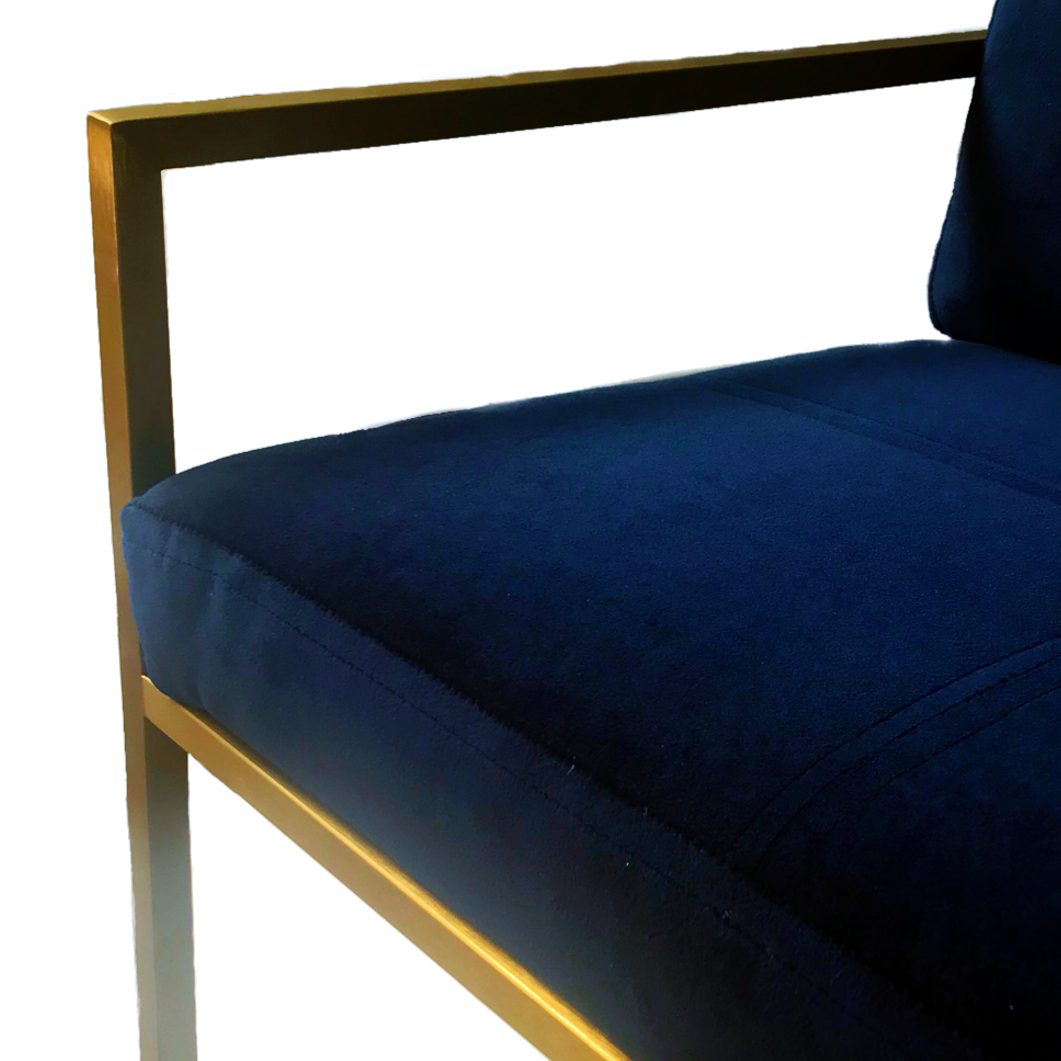
Velvet
Vacuuming your velvet fabric weekly with an upholstery attachment will help maintain its original look and feel. If you do not have an upholstery attachment, you can place a cloth over the end of the hoover, or use a soft hand-brush.
Important Note: Always brush velvet in the direction of the pile.
Stains & Spillages: We always recommend using a professional dry-cleaning service rather than attempting to clean yourself. If you spill liquid, act quickly and try to soak it up with a dry cloth, using a blotting action; avoid rubbing or putting too much pressure on the area affected. Leaving velvet wet can cause it to mark, so use a hairdryer on a low temperature and at a safe distance to try and dry the affected area quickly. After drying the velvet, use a soft velvet brush in the direction if the pile to restore its texture.
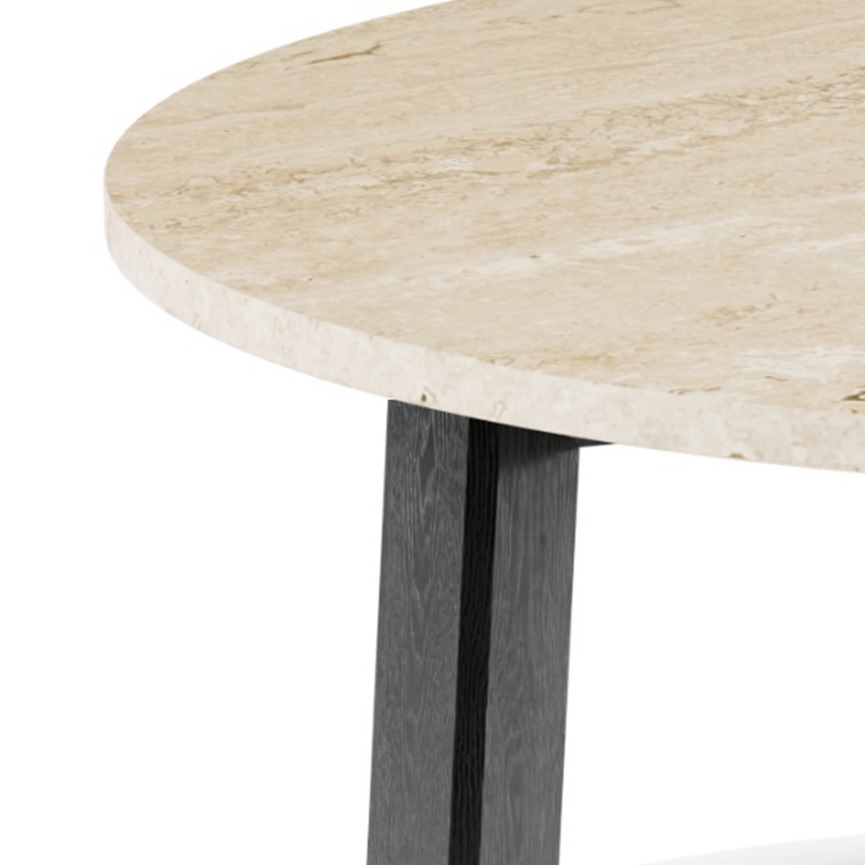
Travertine
Travertine is a soft, porous stone and is susceptible to marks, scratches and stains if not looked after properly. With this in mind, we recommend that you use coasters, placemats, etc… and that you wipe any spillages immediately. Dust the surface once or twice a week with a soft microfibre cloth. Wash the travertine occasionally with a cloth dampened with warm water and, if necessary, a bit of mild dishwashing liquid. Remove the soap with another damp cloth.
Travertine products are sealed during manufacture, however regular re-sealing is recommended to prevent stains and damage over time. We do not recommend our travertine products for commercial spaces - Please contact us for alternative options and lead times.
WARNING: Never use dusting sprays, acidic or abrasive cleaners on your travertine.

